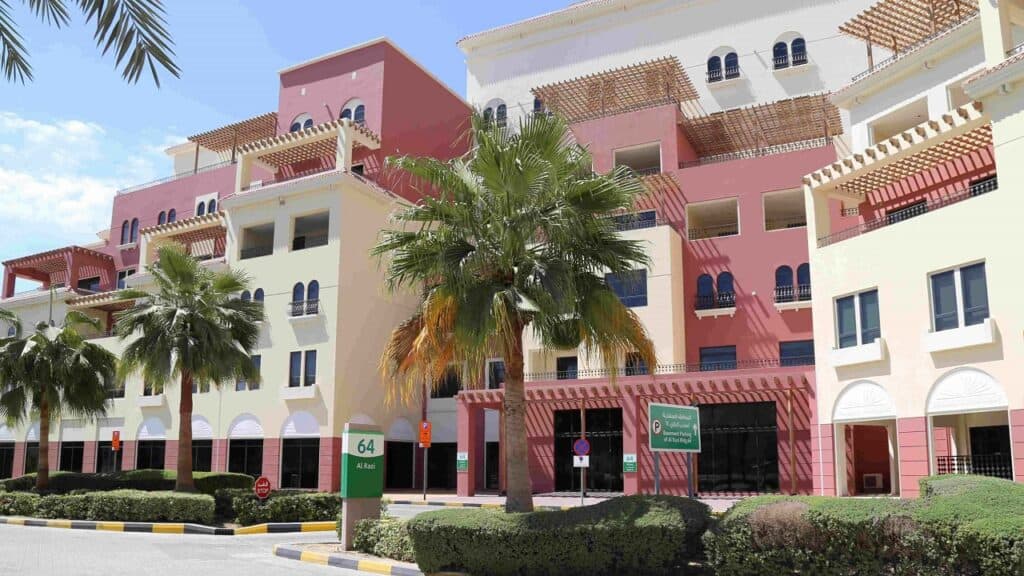Understanding depression. Introduction
Depression is a complex mental health condition that comes in various forms and severities. It can hit anyone despite gender, race and culture.
The causes of depression variate from person to person. Depression might be triggered by multiple factors such as genetics, early childhood experiences, family circumstances and environmental influences.
In the past, psychiatrists attempted to classify depression based on internal factors, called “endogenous” or genetic, and external factors, called “exogenous” or environmental. However, because depression has a multifactorial origin, this approach was ineffective. Today, diagnostic manuals focus instead on the symptoms of depression, their severity, and the frequency of episodes, categorizing the illness as mild, moderate, or severe. For those understanding depression more deeply, it’s also important to recognize conditions like dysthymia, a persistent low mood that can be just as impactful as major depression. Consulting a qualified psychiatrist in Dubai can provide accurate diagnosis, personalized treatment, and the right support for managing these challenges.
It is essential to raise the awareness of the signs and symptoms of depression. Therefore, understanding the nature of depression facilitates its prevention, early diagnosis and treatment.
Diagnosing depression
The most widely used criteria for diagnosing depression are the diagnostic manuals DSM 5 developed by in the American Psychiatric Association‘s and ICD 10 used by the World Health Organization. Both systems categorize the Major Depressive Disorder (MDD), also known as clinical depression in mild, moderate and severe.
The other criterion is the frequency of depressive episodes distinguishing between single depressive episode or multiple episodes called “recurrent depressive disorder”.
Common symptoms of depression
The most common symptoms of depression are:
- Lasting sad, anxious, or “empty” mood
- Loss of interest in almost all activities
- Appetite and weight changes
- Changes in sleep patterns, such as inability to sleep or sleeping too much
- Slowing of physical activity, speech, and thinking or agitation, increased restlessness, and irritability
- Decreased energy, feeling tired or “slowed down” almost every day
- Ongoing feelings of worthlessness and/or feelings of undue guilt
- Trouble concentrating or making decisions
- Repeating thoughts of death or suicide, wishing to die, or attempting suicide (Note: This needs emergency treatment)
Four or more of these symptoms for at least 2 weeks, might indicate the diagnosis of depression.
Severity grades of depression
Mild Depression
In cases of mild depression, individuals can manage their daily lives with considerable effort, even though they experience depressive symptoms. To diagnose mild depression, a total of four symptoms must be present.
Moderate Depression
Moderate depression significantly impairs an individual’s ability to independently handle daily tasks. The affected individuals also tend to withdraw socially along with reduced work performance. To diagnose moderate depression, there must be a total of five to six symptoms present.
Severe Depression
Severe depression renders individuals incapable of managing their daily lives independently. To diagnose severe depression, a total of seven symptoms must be present.
Types of depression
Classic Depression (Unipolar)
Unipolar depression, also known as Major Depressive Disorder, is in the clinical context the classic form of depression. It exhibits typical depressive symptoms such as lethargy, sadness, loss of appetite, sleep disturbances, and social withdrawal.
Unipolar depression occurs in distinct episodes and is classified as Major Depressive Disorder if its duration lasts for a minimum of two weeks; otherwise, it’s termed a depressive episode or phase.
Bipolar Depression
Bipolar depression, also known as manic depressive illness, is different from unipolar depression because it involves extreme mood swings between deep sadness and excessive euphoria. These high-energy phases are called manic episodes, and they alternate with depressive episodes, with periods of balanced mood in between. A diagnosis is made when both manic and depressive episodes occur and last for at least 14 days. Understanding this condition is key when learning about the types of depression and other mood disorders that affect mental health. Treatments such as psychodynamic therapy can help individuals explore underlying emotional conflicts, while professional depression treatment in Dubai provides tailored support to manage symptoms and improve quality of life.
Dysthymia (Chronic Depression)
In adults, dysthymia also called chronic depression is diagnosed when symptoms persist for at least two years. In children and adolescents, depressive symptoms should be present for one year.
The intensity of symptoms in dysthymia is not as severe as in Major Depressive Disorder (MDD). However, individuals with dysthymia often experience a persistent lack of energy, motivation, and joy in daily life.
Dysthymia can go unnoticed as those affected may perceive constant melancholy as a part of their personality. It can co-occur with MDD, anxiety disorders, personality disorders, and substance abuse.
Atypical Depression
is a sub-type of Major Depressive Disorder with atypical features such as mood reactivity with mood reacting strongly to environmental circumstances. Unlike classic melancholic depression, atypical depression lacks features like insomnia and weight loss. The affected individuals experience profound fatigue, crave for food, and feel leaden heaviness in arms or legs.
Atypical depression often occurs alongside other mental disorders like social phobias, anxiety disorders, or sexual disorders. The differing symptoms of atypical depression can make diagnosis challenging.
Understanding and preventing depression
While it’s impossible to prevent depression entirely, there are strategies that can reduce the risk. Research has shown that physical activity has a preventive effect on depression. Even for those who have already experienced a depressive episode, regular exercise has been proven effective in preventing relapses. To prevent Seasonal Affective Disorder (SAD), it’s recommended to engage in outdoor sports to ensure exposure to natural light.
Additionally, positive psychology techniques, which overlap with behavioral therapies, have been shown to promote well-being. Mindfulness exercises, effective in preventing depression relapses, also have empirical support. Furthermore, social support, including close friendships and healthy family relationships, plays a significant role in both prevention and treatment.
Treating existing depression
It is essential to educate all parties involved, including family members, about depression. This helps affected individuals better understand their situation and adjust their behaviour accordingly.
Since depression is a treatable condition, professional support from a psychotherapist is crucial. Antidepressants can quickly alleviate depressive symptoms, but this should always be done in close consultation with a psychiatrist. Treatment with medication prepares the ground for psychotherapy. Cognitive-behavioral therapy and psychodynamic psychotherapy proved to be effective in treating depression.
In the fight against depression, alongside support from the social environment, personal motivation and resilience are crucial. Integrative treatment including self-help measures such as exercises, books, online courses, and apps can positively complement traditional therapy.
Treatment for depression varies depending on the severity and course of the condition:
1. Prevention (for early symptoms): Intervening at the first signs of symptoms.
2. Acute Therapy (for existing symptoms): Treating individuals experiencing acute depressive symptoms until they subside; suitable for all individuals with acute depressive symptoms.
3. Aftercare (following acute therapy): Recommended to prevent relapse, especially for those who have experienced previous relapses or severe impairment during their depressive episode.
Understanding depression. Summary
Diagnosing depression accurately is vital for effective treatment, yet only about half of depressive disorders are correctly identified, which creates a significant treatment gap. As a result, just one in four people struggling with depression actually receives help. This highlights the urgent need to improve awareness and understanding of conditions like chronic depression, atypical depression, unipolar depression, and recurrent depressive disorder, so that individuals and their families can recognize the signs earlier and access the support they need for recovery.
Furthermore, depression can be a matter of life and death. Approximately 10% to 15% of sufferers end up trying to commit suicide. Depressed men are three times more likely to take their own lives than women.
It’s essential to recognize that depression is a severe illness, and not a sign of personal weakness. A professional treatment approach, involving a psychiatrist and psychologist working together, holds the potential to cure depression. Therefore, early and accurate diagnosis, followed by proper treatment, is imperative to combat depression and reduce the risk of dramatic outcomes.


